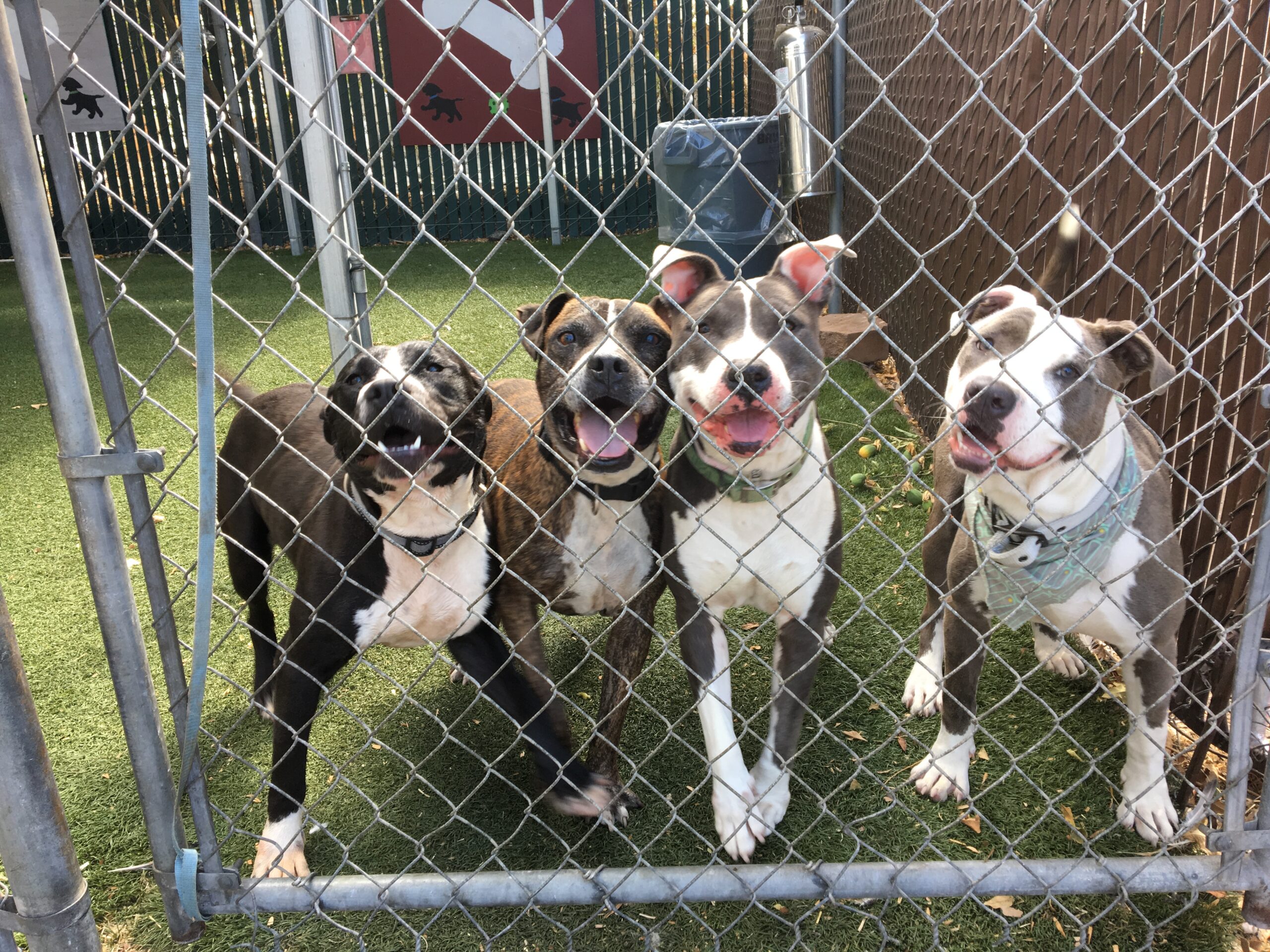Animal behavior is an area of increasing focus for the Department of Animal Care and Control’s (DACC) mission of reducing animal euthanasia. Animal behavior is a critical aspect of animal sheltering, as behaviorally challenged animals find difficulty remaining in or finding new homes. As the public realizes the importance of visiting animal care centers to find their newest family members, they should be presented with well-behaved and temperamentally sound animals for adoption. Failure to provide such animals for adoption leads to negative perceptions of animal care centers and drives potential adopters to other sources for acquiring a new pet. Effective animal behavior programs are as essential as effective medical programs in saving animal lives.

The Foundation supports the Department’s animal behavior program by securing donations and grants, and providing funding, to meet these goals:
- Reduce the number of animals surrendered to DACC for behavioral reasons by providing educational and intervention services to pet owners so they may retain their pets.
- Provide the behavior assessment and modification programs necessary to produce adoptable and appealing animals. This requires a standardized behavioral assessment program based on industry standard protocols, and individualized modification/treatment plans for each animal based on that animal’s particular needs.
- Increase the likelihood that adopted pets will remain with their new families by accurately assessing the behavioral characteristics of each pet and matching them with a home best suited for that pet’s needs.
- Ensure animals that are safety risks are not placed with the general public. The placement of unsafe animals, particularly dogs, creates a negative stereotype of shelter animals and results in driving the public away from animal care centers as a place from which to select a pet.
- Increase the quality of life of the pets in our care by providing environmental enrichment activities for sheltered pets. Such activities include exercise outside of their primary housing area, scent and audio programs to create relaxing and novel experiences, providing toys for diversion and energy dissipation, and special training and behavior modification modules.
- Increase the knowledge and competency of staff and volunteers regarding animal behavior. Well trained and educated staff and volunteers are more adept at recognizing behavioral issues, providing the appropriate response and care, and assisting prospective adopters about which pet to select.


